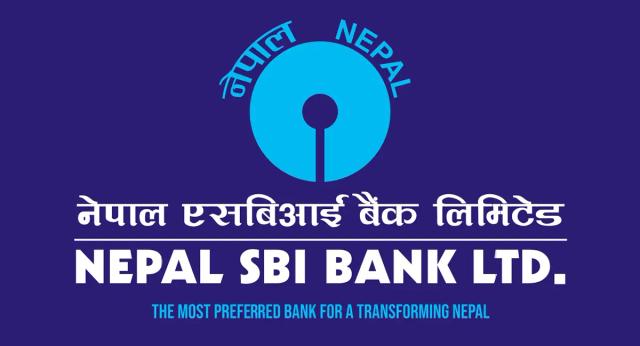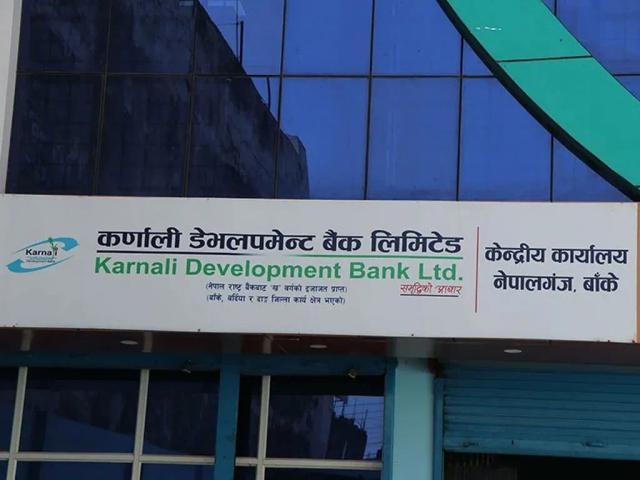Over Rs 380 Million Capital Gains Tax Collected in Kartik; Increase Compared to Asoj
Author
NEPSE TRADING

In the month of Kartik of the ongoing fiscal year 2082/83, the government collected Rs 380.59 million in Capital Gains Tax (CGT) from stock market transactions. According to the data published by CDS & Clearing Limited (CDSC), CGT collection in Kartik increased notably compared to the previous month, reflecting the modest improvement seen in the Nepal Stock Exchange (NEPSE) during the same period.
During the review month, long-term individual investors contributed Rs 127.1 million in CGT, while short-term individual trades generated Rs 163.5 million in tax revenue. The short-term category (shares sold within one year) typically carries a higher tax rate, which explains the significant portion of CGT coming from this type of transaction.
Similarly, institutional investors contributed Rs 89.8 million in Kartik. Institutional trades are taxed at a fixed rate of 10%, and when institutional activity rises, the government’s CGT collection naturally increases. Overall, Kartik saw a sharp rise compared to Asoj’s much lower CGT collection of Rs 243.6 million. This indicates an increase of nearly Rs 140 million month-on-month.
NEPSE also showed mild improvement in Kartik. The market, which had closed at 2487.17 points in Asoj, climbed by 53.4 points to reach 2540.57 points by the end of Kartik. This modest upward movement enabled some investors to book partial profits, which directly contributed to higher CGT collection. However, analysts note that the stock market still lacks strong momentum due to persistent uncertainty following the GenZ protest movement and prevailing political-economic instability.
In the first four months of the fiscal year (Saun–Kartik), the government has collected a total of Rs 3.38 billion in Capital Gains Tax. Month-wise, the collection stood at:
Saun: Rs 2.15 billion
Bhadra: Rs 601.4 million
Asoj: Rs 243.6 million
Kartik: Rs 380.5 million
This shows that while Saun and Bhadra had relatively stronger contributions, Asoj and Kartik were much weaker compared to the same months of the previous fiscal year.
Compared with last fiscal year, the decline is even more pronounced. In the first four months of FY 2081/82, the government had collected Rs 8.20 billion in CGT — nearly Rs 6 billion higher than in the same period this year. Last year, Saun alone had generated Rs 4.27 billion, followed by Rs 2.57 billion in Bhadra, Rs 586.5 million in Asoj, and Rs 758.7 million in Kartik. This year's collection is less than half of last year’s Kartik figure, underscoring the weakened market momentum.
Throughout FY 2081/82, the government had collected a total of Rs 16.54 billion in CGT from stock market transactions. Analysts note that the sharp contraction in the current fiscal year reflects reduced trading volumes, subdued investor confidence, and ongoing market-side pressures linked to liquidity constraints, economic slowdown, and political uncertainty.
Under Nepal’s tax system, Capital Gains Tax is levied on the net profit obtained from selling shares. Long-term gains (shares held for more than one year) are taxed at 5%, short-term gains (sold within one year) at 7.5%, and institutional investors pay 10% on their net gains. No CGT is levied if investors sell their shares at a loss.
Overall, although the CGT collection improved slightly in Kartik compared to Asoj, it remains significantly lower than last year’s figures, indicating a stock market that continues to struggle with low momentum and limited investor participation.



